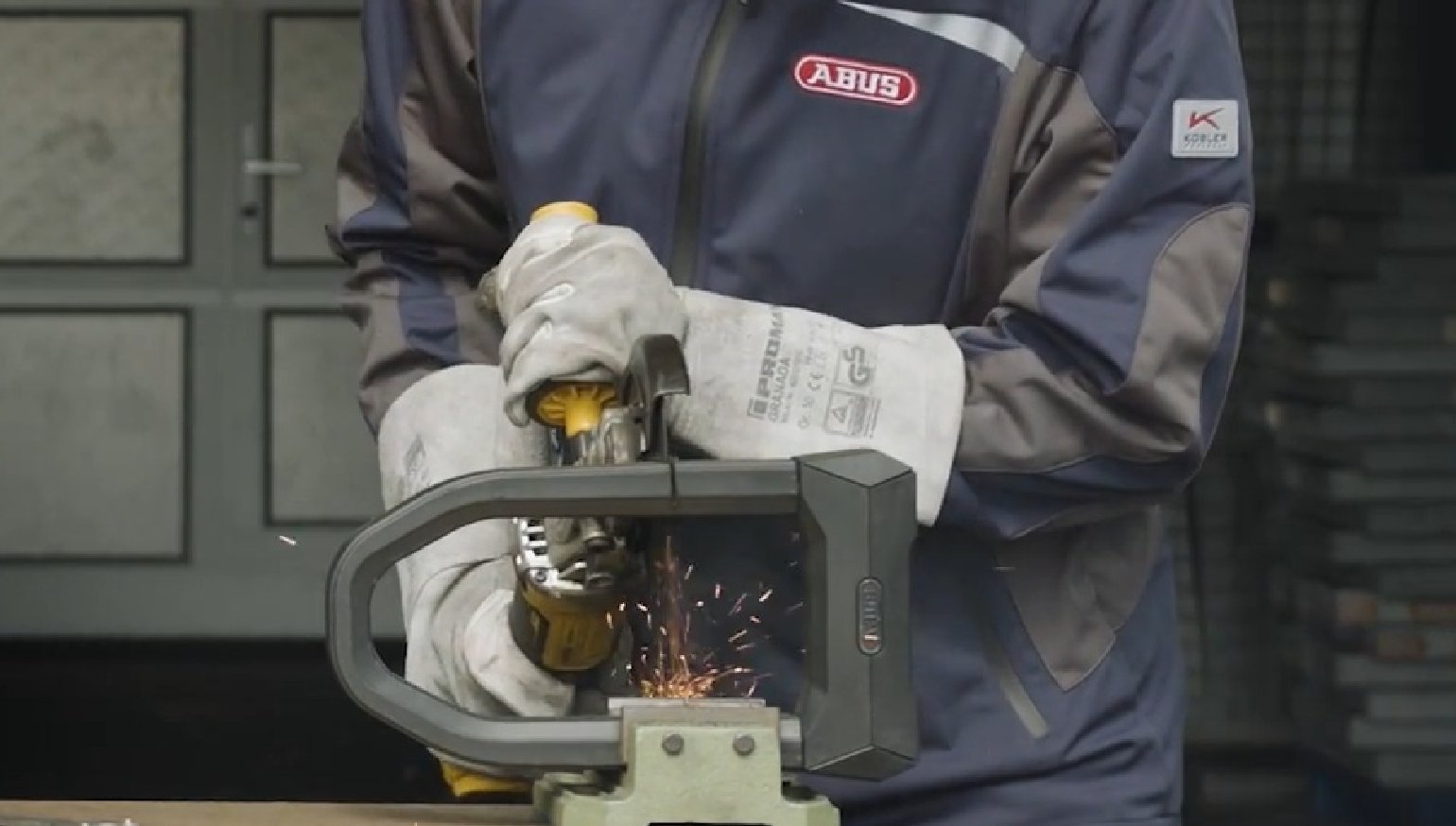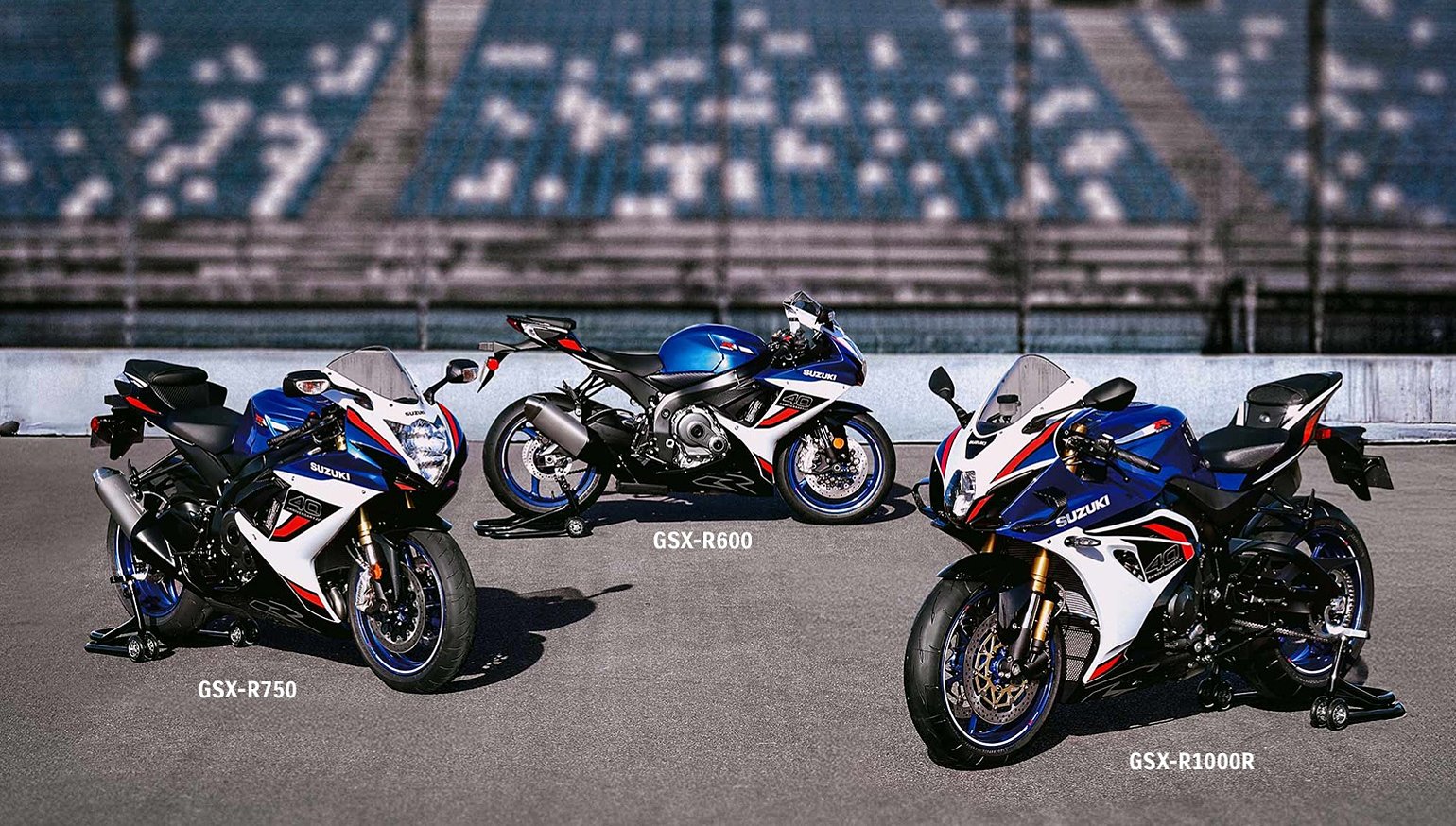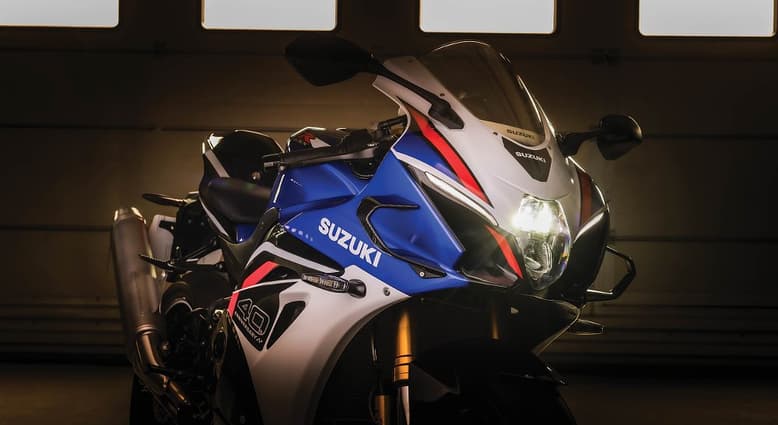
Higher risk, new tactics
For a quick recap, in 2024 a crew cased my bike, garage, and security system to breach five locks and abscond with my customized KTM 690 Tx3 project bike. Yes, it sucked and I was devastated. There were two main conclusions on how to get over the incident. One was that I needed to get a new motorcycle.
The second was that before I bought a new bike, I should determine how to protect it better. That started with a hard look at what I’d missed with my previous security setup. In retrospect, I had been unaware of the increased risk of motorcycle theft due to three factors: an uptick in bike heists, more brazenness by perpetrators, and shifts in tactics by the rip-off artists.
Regarding the stats, motorcycle theft in America has seen a year-over-year uptick, per National Insurance Crime Bureau stats. And the thieves are getting bolder, snatching bikes in broad daylight from driveways, dealers, charity raffles, and auctions.
A growing trend among bicycle and motorcycle thieves in the United States and Europe is the use of portable angle grinders. While they bring more noise than bolt-cutters, angle grinders can cut through most security chains, U-locks, and loop anchors in less than a minute.

That’s what happened in my case, where instead of my bike I found chain links in my garage sliced like Swiss cheese. Another weakness in my security setup was lack of a theft detection and tracking system. I’d figured that a secure garage, multiple locks, and a front wheel alarm would serve as enough of a deterrent. Well, I was wrong.
New strategy
Fortunately, security companies are bringing novel tech to market to give us a chance against shameless thieves. For my new ride, I’ve paired a basket of these tools to a tactical plan of sorts:
- Deter
- Delay
- Detect
- Track
To expand on that, you include kit in your security setup that discourages thieves from attempting to rip off your bike, that allows for mobile detection if they do make the attempt, that buys you time to respond and call the authorities, and in the event the thieves succeed offers options to track down your stolen ride.
Deter and delay
On deterrence, an affordable first step you can take is to get a quality disc lock with an integrated alarm. A number of motorcycle thefts are walkway jobs. The perpetrator can pop it in neutral, push your bike away, and look like someone who just ran out of gas.
Adding a topnotch disc lock that’s engineered to withstand a hammer or grinder could make Joe Robber walk on. ABUS’s 8077 Granit Detecto disc lock has a high-decibel alarm and has scored well in reviews for sturdiness.
Another relatively new deterrence tool is SkunkLock, which earns its name by drawing on a defense inspired by nature. Founded by two San Francisco techies who got tired of having their bicycles stolen, Skunklock offers a U-bolt lock with a hollow shackle filled with highly pressurized nausea- and vomit-inducing chemicals. Any cut into the lock releases them.
I won’t give away all the details of my new security setup, but I have incorporated Skunklock into it. I use their chemical U-bolt as both a wheel lock slid through the spokes and disk and to secure my bike to fixed structures when out and about.
Grind-resistant locks are another security upgrade I encourage anyone who hasn’t to pursue. Responding to increased use of portable angle-grinders, motorcycle security companies have developed these locks to incorporate advanced materials and design characteristics that make them difficult to slice through.

A great home garage option is HipLok’s integrated grind-resistant lock, arm, and anchor that bolts into the pavement. Grind-resistant U-locks are available from companies such as Kryptonite and ABUS (shown in testing in the top photo), Oxford sells a grind-resistant anchor, and LiteLok offers a flexible and lightweight 125-centimeter (49-inch) Core Moto cable lock that boasts anti-grind technology.
It’s worth noting that none of these security tools are completely “grind-proof,” but most of these locks, when independently tested, demonstrate an ability to resist a grinder attack longer than conventional options, destroying disks and requiring several to breach.
Detect and track
Adding a motion-detection security system to your bike is a great way to top off your anti-theft setup and create time to react. Both Scorpio and GeoRide offer a security kit that combines motion detection, an alarm, and a GPS tracker all in one. With these units you can monitor your motorcycle’s location at all times from a mobile app and you get an alert if if someone nudges your bike.
So let’s round this off with how you could integrate these tools into a tactical plan for motorcycle security. A sturdy disc lock and grind-resistant locking system could deter a thief from trying to take your bike altogether.
If they do attempt the steal and deploy a portable angle grinder, grind-resistant locks could delay the thief significantly. With a motion-detection and GPS unit, you would get an alert from the vibration and have time to respond yourself or alert local law enforcement and potentially thwart the theft. In the unfortunate case that thieves succeed in taking your ride, an embedded GPS unit can assist with tracking down the bike before it ends up in a chop shop or shipping crate to country XYZ.
There you go. That’s my best advice for now. I would also add a suggestion to stay up to speed on changes and trends. As I learned the hard way, there is a cat and mouse interplay between security tech, law enforcement, and adaptation by thieves. It’s probably good practice to work in occasional research on new tech and tactics. Some good sources are the Motorcycle Safety Foundation and Bennetts Insurance UK, and some OEMs (Harley-Davidson) offer advice and tech tips.
It sucks we have to go to these lengths just to keep our rides. Perhaps in five to 10 years we’ll have affordable AI-driven autonomous security robots assigned to guard our bikes. In the interim, do your best with what’s available now to protect your motorcycle and keep riding!

















